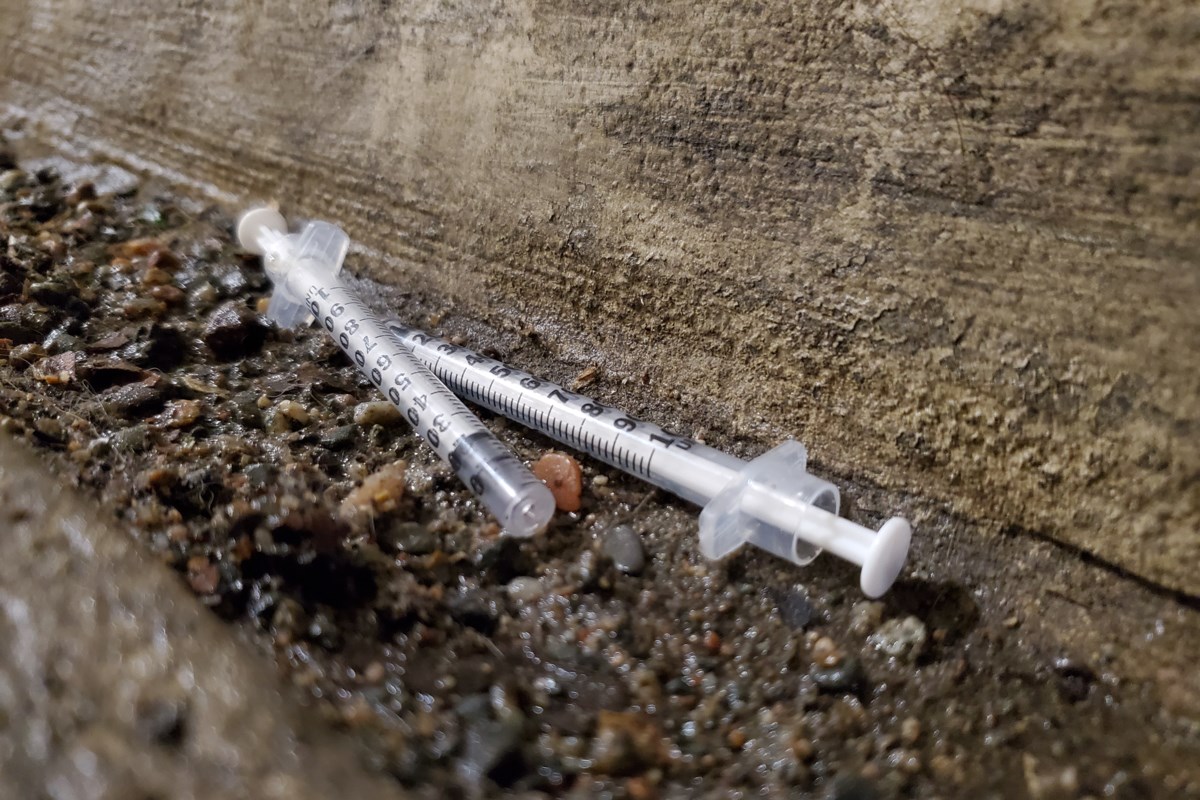
Public Health Sudbury & Districts is warning users of hard drugs that a recent spike in overdoses is likely linked to a toxic supply of street drugs.
The health unit didn’t put a number on how large the spike in overdoses has been recently, other than to say there has been an increase in the number of drug poisonings (overdoses) and unexpected reactions from the use of substances in the region.
“While we cannot confirm the substance(s) causing the overdoses, this situation serves as an important reminder to the community that street drugs may be cut or mixed with substances such as benzos (benzodiazepines), xylazine, fentanyl, or carfentanil,” Public Health said. “Frontline workers warn that more toxic substances than usual may be circulating locally and that multiple naloxone kits have been required to reduce overdoses.”
Minimizing the risk of drug poisoning:
- Avoid mixing drugs, including prescribed, over the counter, and illegal drugs
- Avoid drinking alcohol while using other drugs
- Use caution when switching substances: start with a lower dose than usual
- If you have not used in awhile, start with a lower dose. Your tolerance may be lower
- When using substances, consider the following options:
- Have a trusted person with you who can provide support as needed.
- Visit an overdose prevention site such as The Spot in Greater Sudbury (Réseau ACCESS Network).
- Connect with the National Overdose Response Service at 1-888-688-6677 (NORS line)
- Access the Brave App
- Avoid using drugs when you are alone
- Drug checking is available at The Spot in Greater Sudbury (Réseau ACCESS Network), even if you are not using substances at the site. Carry multiple naloxone kits. Know how to use them
- Call 911 if you suspect an overdose.
What does an overdose look like?
- Fingernails and lips turn blue or purplish black
- Skin turns bluish purple, grayish, or ashen, depending on skin tone
- Dizziness and confusion
- The person can’t be woken up
- Choking, gurgling, or snoring sounds
- Slow, weak or no breathing
- Drowsiness or difficulty staying awake
In a person experiencing benzodiazepines (benzos) toxicity, an overdose may last for hours and look like:
- Extreme sleepiness or passing out
- Poor balance and movement control
- Slurred speech
- Blackouts and memory loss
How to respond to an overdose:
- Give Naloxone. This will help reverse an opioid overdose and will do no harm if the overdose is not due to opioids. This may improve breathing, but the person may not regain consciousness due to sedation. Additional doses may be needed.
- Call 911 to get medical help and keep monitoring breathing. Stay with the person until help arrives.
- If the person is unconscious, place them in the recovery position.
Where to get naloxone?
For a free naloxone kit, contact The Point at Public Health Sudbury & Districts, Réseau Access Network, Sudbury Action Centre for Youth (SACY), or ask your local hospital or pharmacy. Or, visit Ontario.ca/page/get-naloxone-kits-free.
Spike in overdoses prompts local drug warning - Sudbury.com
Read More

No comments:
Post a Comment